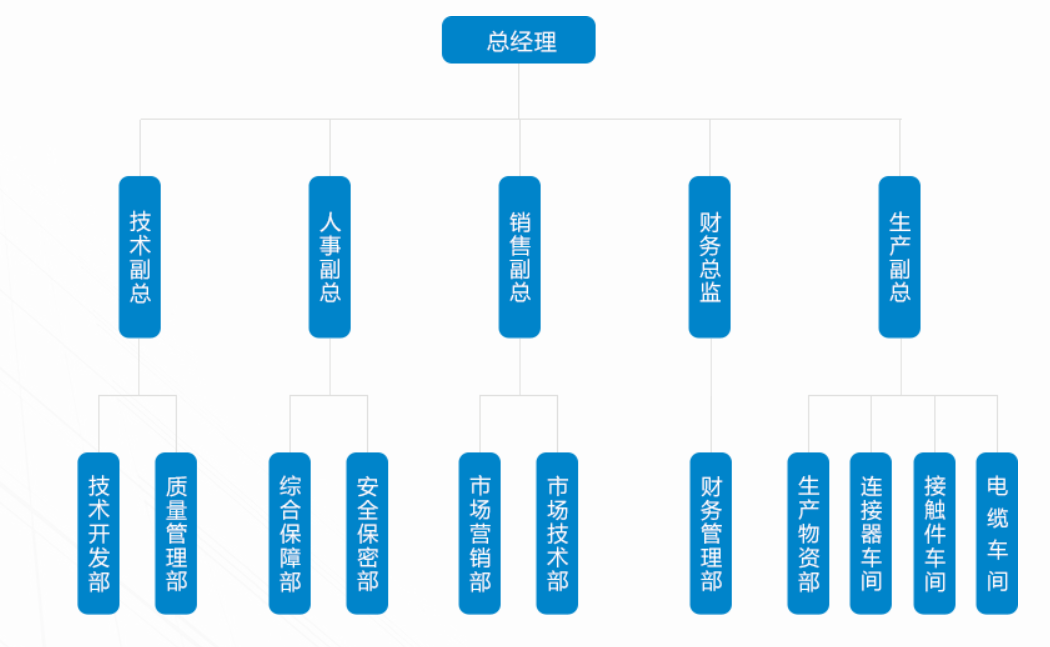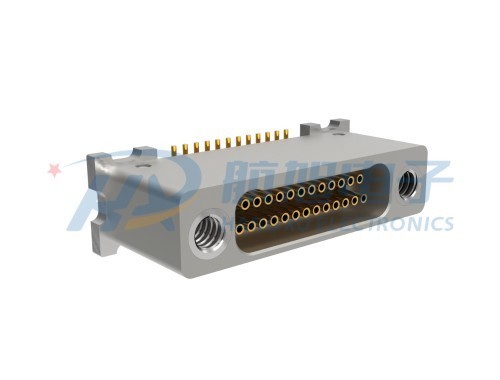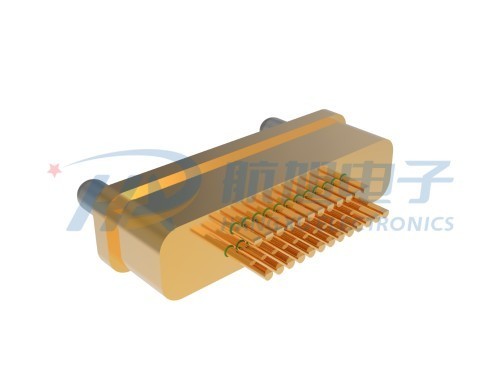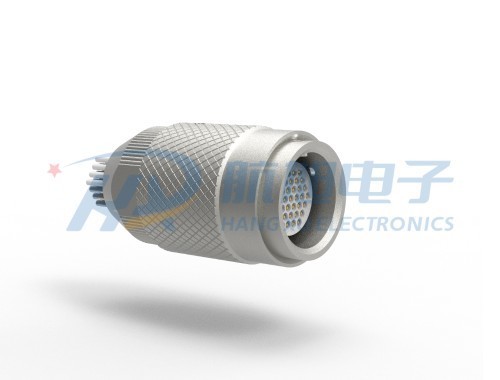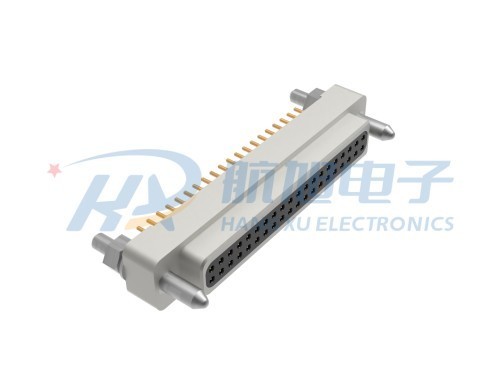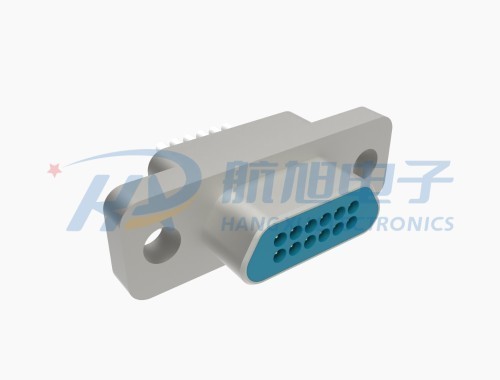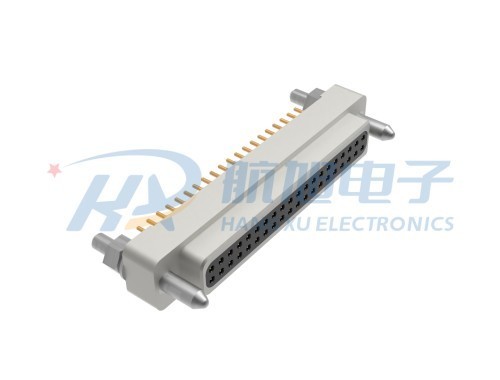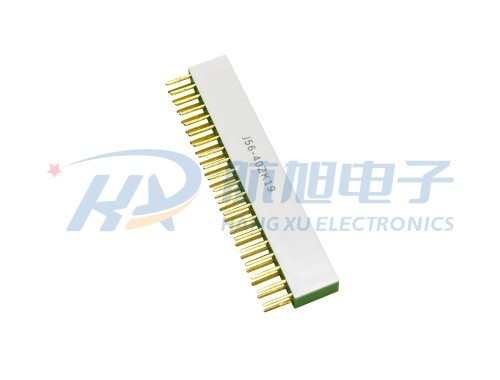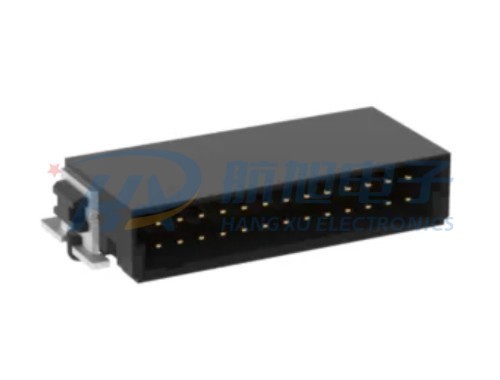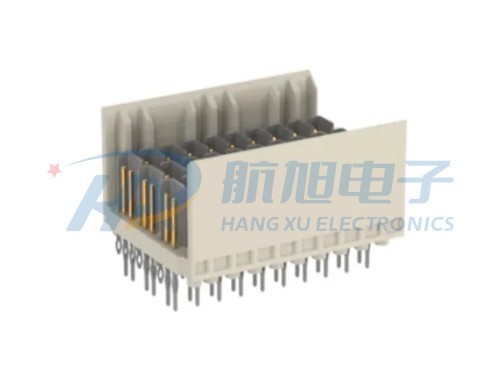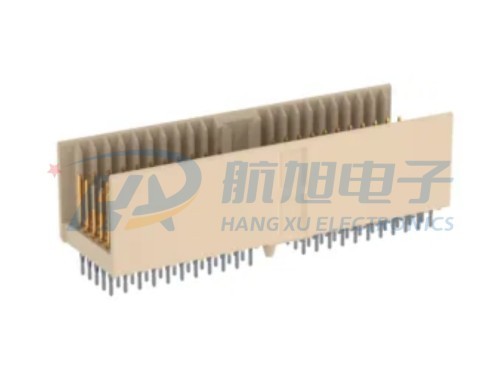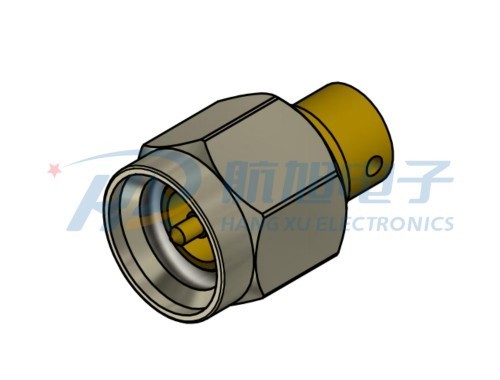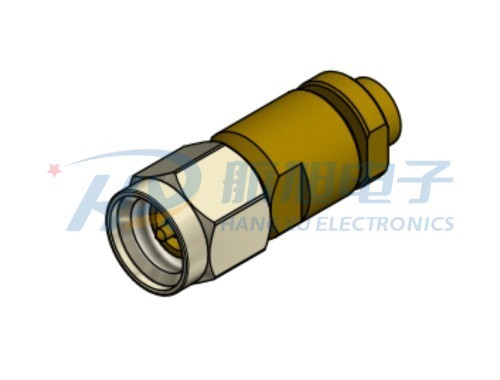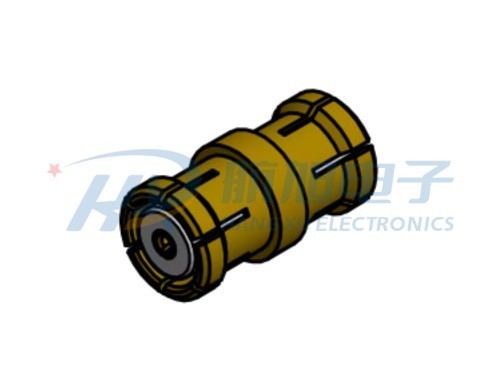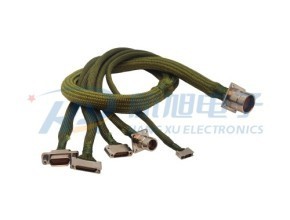-
-
Nano-D ConnectorsMicro-D ConnectorsNano Circular ConnectorsMicro Circular ConnectorsHigh Speed ConnectorsReetangular ConnectorsPCB Mount ConnectorsAirtight ConnectorsRF ConnectorsCable AssembliesElectronic Control Module
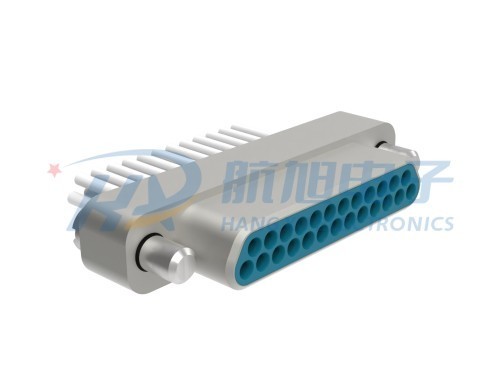 J30JZ Compact Micro-D Connectors
J30JZ Compact Micro-D Connectors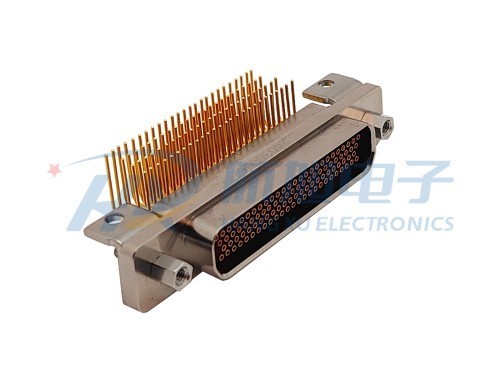 J30J Micro-D Connectors
J30J Micro-D Connectors J20J Micro-D Connectors
J20J Micro-D Connectors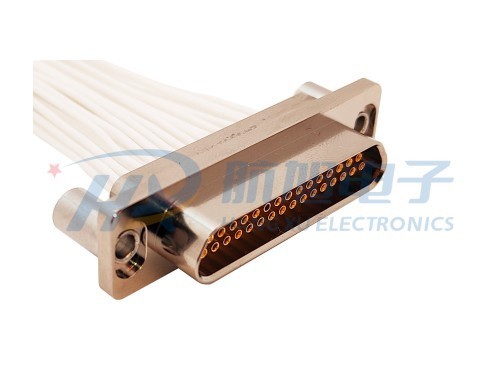 J29A Micro-D Connectors
J29A Micro-D Connectors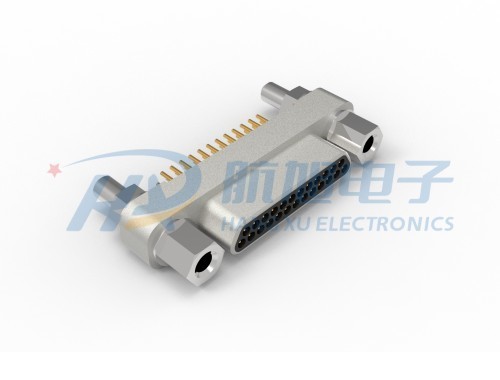 MDM1 Micro-D Connectors
MDM1 Micro-D Connectors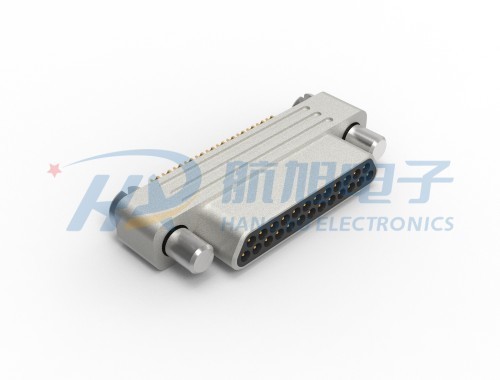 MDC1 Micro-D Electrical Connector
MDC1 Micro-D Electrical Connector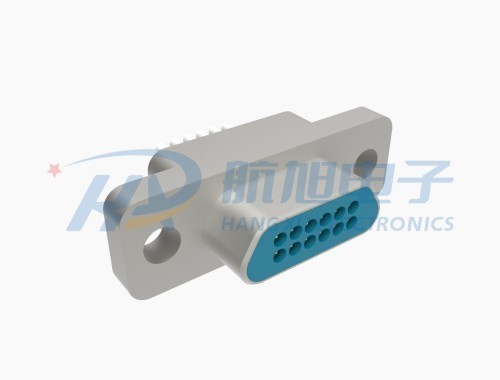 HJ30J High-Speed Micro-D Connectors
HJ30J High-Speed Micro-D Connectors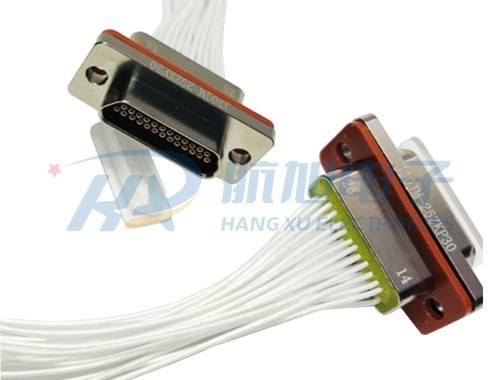 J30JM Hermetic Sealed Micro-D Connectors
J30JM Hermetic Sealed Micro-D Connectors J30JM1 Gas Sealed Micro-D Connectors
J30JM1 Gas Sealed Micro-D Connectors J30JB Micro-D Connectors
J30JB Micro-D Connectors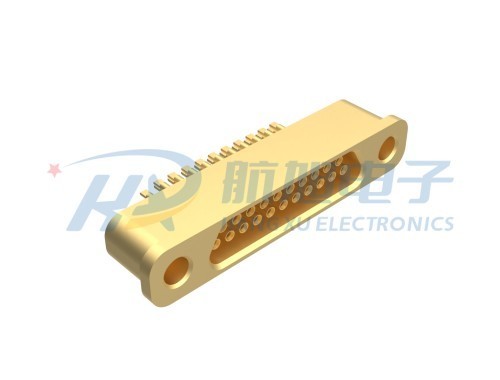 J30JMI Gas Sealed Micro-D Connectors
J30JMI Gas Sealed Micro-D Connectors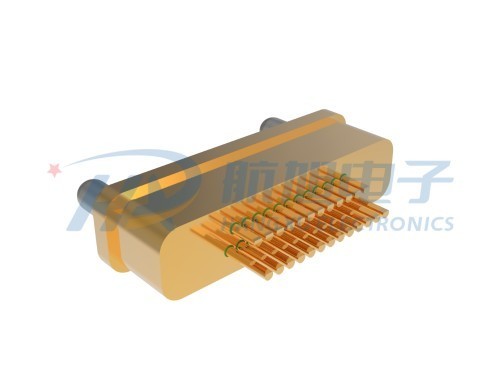 J63AM Micro Electrical Connector
J63AM Micro Electrical Connector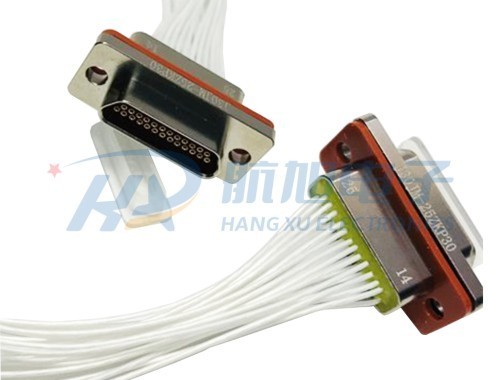 J30JM Hermetic Sealed Micro-D Connectors
J30JM Hermetic Sealed Micro-D Connectors J30JM1 Gas Sealed Micro-D Connectors
J30JM1 Gas Sealed Micro-D Connectors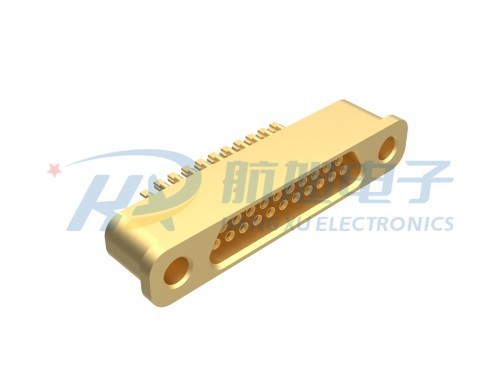 J30JMI Gas Sealed Micro-D Connectors
J30JMI Gas Sealed Micro-D Connectors DC Single Core Insulator
DC Single Core Insulator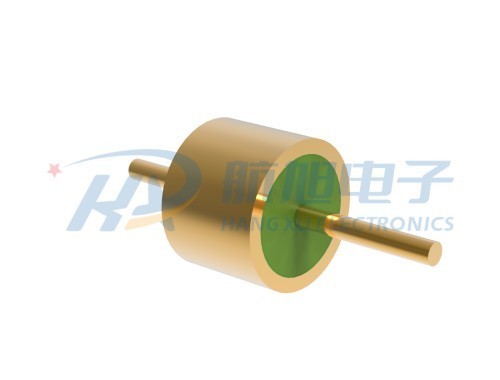 DC insulator series
DC insulator series SMP(M)
SMP(M)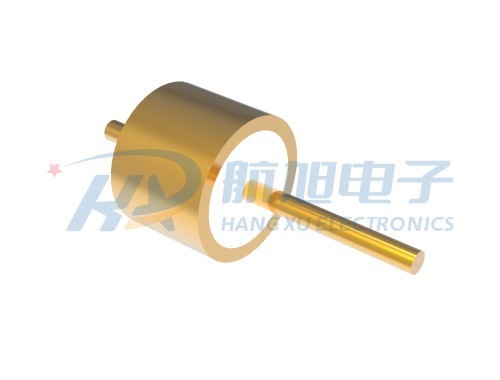 RF insulator
RF insulator MDCS tandem
MDCS tandem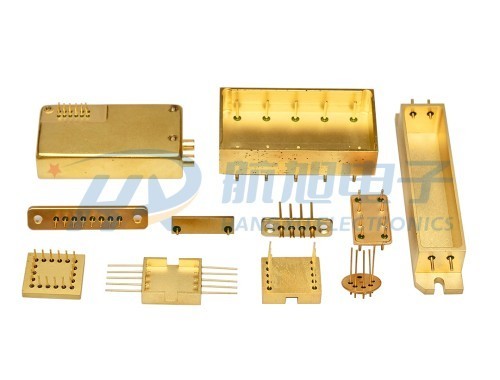 Metal sealing
Metal sealing -
-
Hangxu electronic Technology
In 2022, it was recognized as a high-tech enterprise by Guizhou Province
Understanding High Voltage Cable Assembly: Key Considerations for Professionals
2025-06-30
High voltage cable assemblies are critical components in various industrial applications, particularly in the electrical and electronics sectors. These assemblies are designed to safely transport electrical energy at high voltages, ensuring reliable performance and minimizing the risk of electrical hazards. Understanding the intricacies of high voltage cable assembly is vital for professionals tasked with implementing and maintaining electrical systems.
One of the key elements of high voltage cable assembly is the selection of appropriate materials. The insulation and jacket materials must possess high dielectric strength to withstand the elevated voltage levels, while also being resistant to environmental factors such as moisture, chemicals, and UV radiation. Common materials used include cross-linked polyethylene (XLPE) and ethylene propylene diene monomer (EPDM), which offer excellent insulating properties and durability.
Another important consideration is the design of the assembly itself. High voltage cable assemblies typically consist of several components, including conductors, insulators, connectors, and protective coverings. The arrangement and configuration of these components significantly influence the assembly's performance and reliability. For instance, the choice of connector type is crucial, as it must provide a secure and low-resistance connection while also being compatible with the specific application requirements.
In addition to material selection and design, the manufacturing process plays a pivotal role in the overall quality of high voltage cable assemblies. Precision in the assembly process ensures that all components are correctly aligned and securely attached, reducing the likelihood of connection failures or short circuits. Adopting industry-standard practices and rigorous quality control measures is essential to achieve optimal performance and safety.
High voltage cable assemblies find applications in various sectors, including power generation, transmission, and distribution systems. They are commonly used in substations, renewable energy installations, and industrial machinery where high voltage connections are required. Understanding the specific requirements of each application is crucial for selecting the right type of high voltage cable assembly.
Furthermore, regular maintenance and inspections are essential to ensure the longevity and reliability of high voltage cable assemblies. Professionals should be vigilant in identifying signs of wear, such as insulation degradation or physical damage, and take appropriate action to mitigate potential issues proactively.
In conclusion, high voltage cable assembly is a complex but vital aspect of the electrical and electronics industry. By understanding the key considerations surrounding materials, design, manufacturing, and maintenance, professionals can ensure the effective and safe operation of electrical systems. As technology continues to advance, staying informed about the latest developments in high voltage cable assemblies will further enhance your expertise and ability to make sound decisions in your projects.
One of the key elements of high voltage cable assembly is the selection of appropriate materials. The insulation and jacket materials must possess high dielectric strength to withstand the elevated voltage levels, while also being resistant to environmental factors such as moisture, chemicals, and UV radiation. Common materials used include cross-linked polyethylene (XLPE) and ethylene propylene diene monomer (EPDM), which offer excellent insulating properties and durability.
Another important consideration is the design of the assembly itself. High voltage cable assemblies typically consist of several components, including conductors, insulators, connectors, and protective coverings. The arrangement and configuration of these components significantly influence the assembly's performance and reliability. For instance, the choice of connector type is crucial, as it must provide a secure and low-resistance connection while also being compatible with the specific application requirements.
In addition to material selection and design, the manufacturing process plays a pivotal role in the overall quality of high voltage cable assemblies. Precision in the assembly process ensures that all components are correctly aligned and securely attached, reducing the likelihood of connection failures or short circuits. Adopting industry-standard practices and rigorous quality control measures is essential to achieve optimal performance and safety.
High voltage cable assemblies find applications in various sectors, including power generation, transmission, and distribution systems. They are commonly used in substations, renewable energy installations, and industrial machinery where high voltage connections are required. Understanding the specific requirements of each application is crucial for selecting the right type of high voltage cable assembly.
Furthermore, regular maintenance and inspections are essential to ensure the longevity and reliability of high voltage cable assemblies. Professionals should be vigilant in identifying signs of wear, such as insulation degradation or physical damage, and take appropriate action to mitigate potential issues proactively.
In conclusion, high voltage cable assembly is a complex but vital aspect of the electrical and electronics industry. By understanding the key considerations surrounding materials, design, manufacturing, and maintenance, professionals can ensure the effective and safe operation of electrical systems. As technology continues to advance, staying informed about the latest developments in high voltage cable assemblies will further enhance your expertise and ability to make sound decisions in your projects.
Related Documents
Related News
Hotline/WhatsApp:+86-185-8685-2255
Hotline:
Address: No. 6, Xiaomeng Industrial Park, Economic Development Zone, Guiyang City, Guizhou, China

Official Website

WeChat Customer Service
SAF Coolest v1.3 设置面板 TUQSD-ZDBH-ZXSSE-ASE
图片ALT信息: Guizhou Hangxu Electronic Technology
违禁词: First, best, first-class, leading, unique, king, leader, leader, extreme,
无数据提示
Sorry, the current column has no content for the time being.!
You can view other columns or returnHome Page




